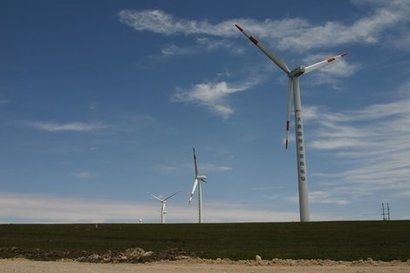
In its decision, the court stated Osage Wind’s extraction, sorting, crushing, and use of minerals as part of its excavation work constituted “mineral development,” thereby requiring a federally approved lease which Osage Wind failed to obtain.
In the Osage Nation most land is privately owned, however, what is underground is managed by the US government on the tribe’s behalf meaning approval for subsurface work must go through the tribe and the Department of the Interior.
In 2010, Osage Wind leased surface rights to approximately 8,400 acres of private fee land in Osage County, Oklahoma, for the purpose of building a commercial wind farm.
The planned wind-farm involved the installation of 84 wind turbines secured in the ground by reinforced concrete foundations, underground electrical lines running between the turbines and a substation, an overhead transmission line, meteorological towers, and access roads.
In September 2011, the tribe and the government expressed concern that the planned project would interfere with oil and gas production by blocking access to the mineral estate but they lost the case. Their subsequent appeal was dismissed.
In October 2013, Osage Wind initiated site preparation and road construction, and by September 2014, excavation work for the planned wind turbines began. Each turbine required the support of a cement foundation measuring 10 feet deep and up to 60 feet in diameter. To accommodate these foundations,
Osage Wind dug large holes in the ground. This process involved the extraction of soil, sand, and rock.
The U.S. government sued over the mineral extraction activities, lost the case and declined to appeal. The Osage Minerals Council — an Osage Nation agency — stepped in and took the case to the 10th Circuit.
The 10th Circuit sided with the tribe, ruling that the use of the rocks constituted "mining" under federal regulations. The court noted that Interior regulations governing "mineral development" of the tribal subsurface estate should be broadly interpreted to include the excavating activities.

